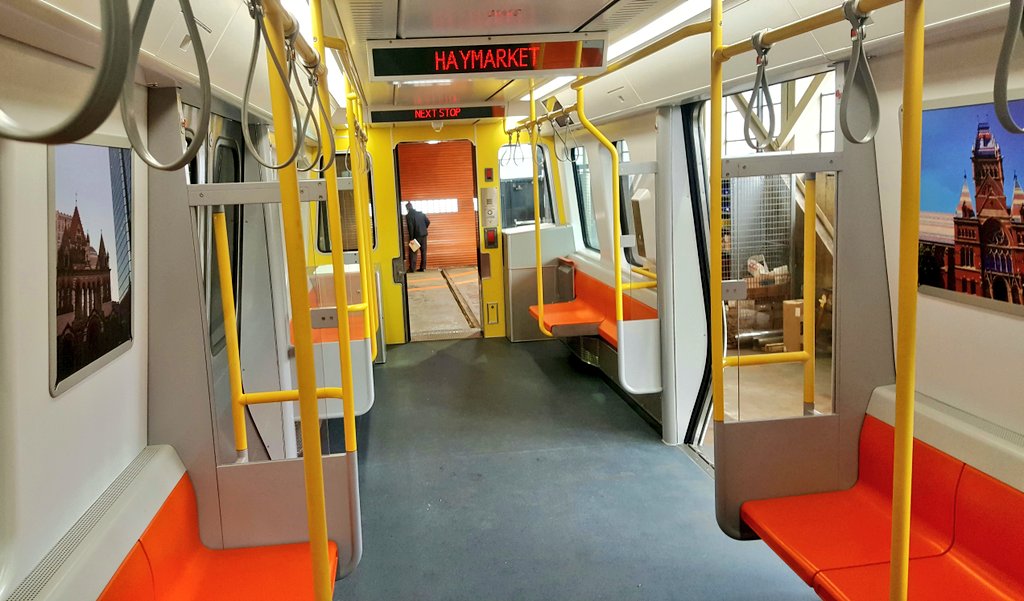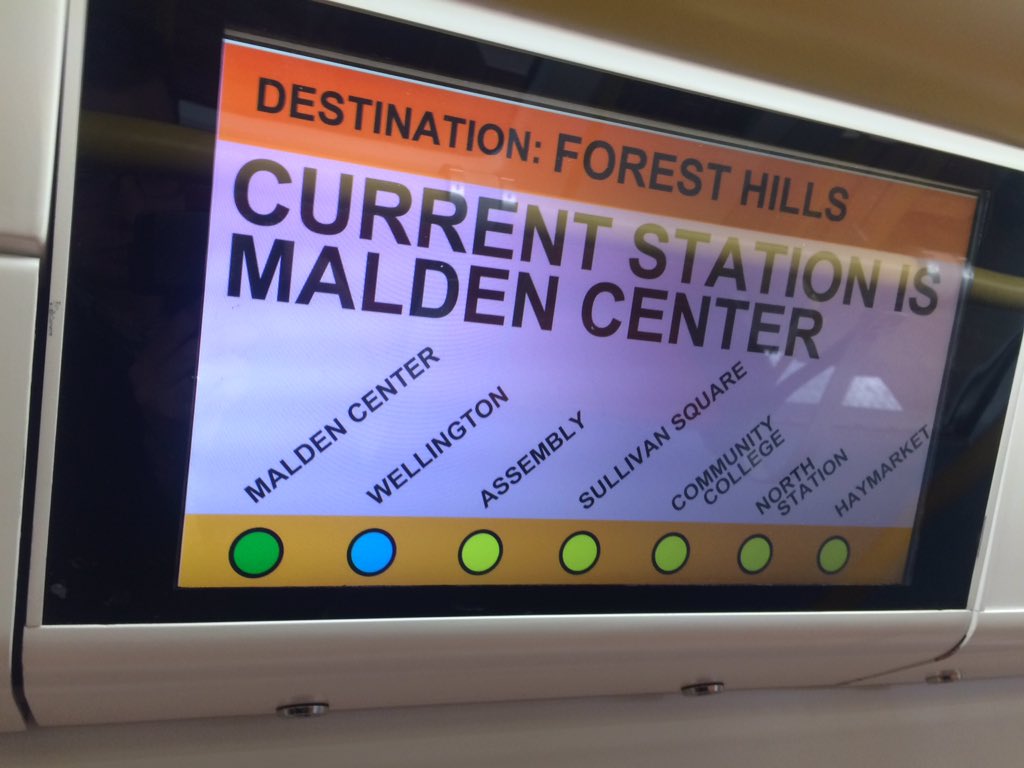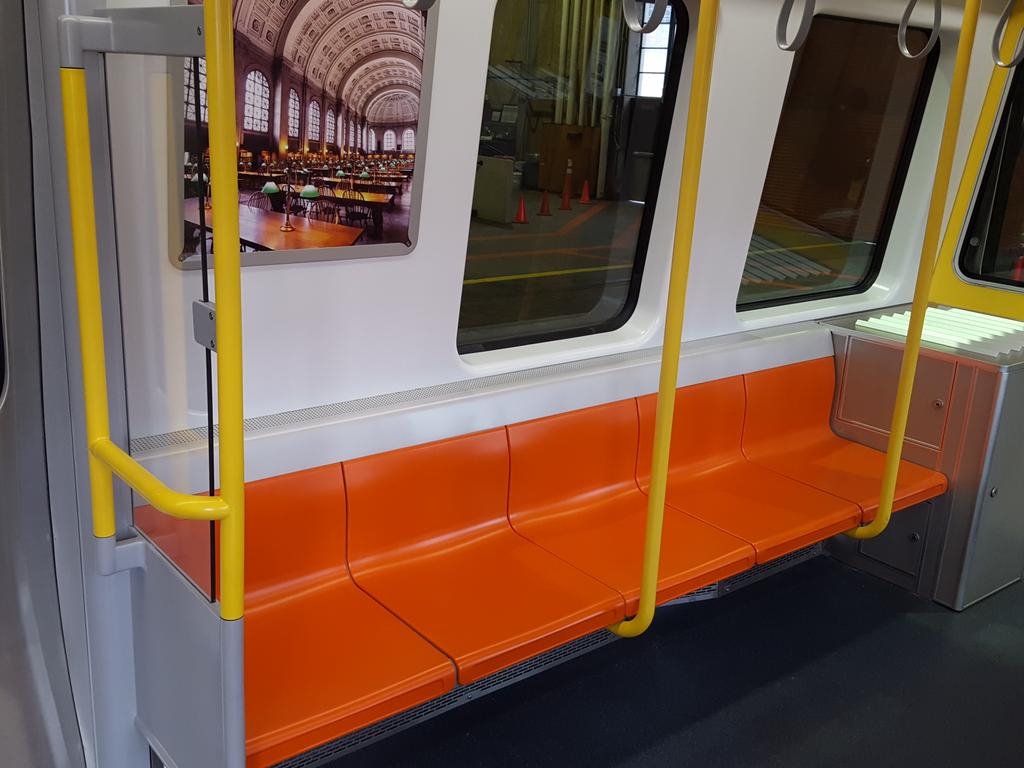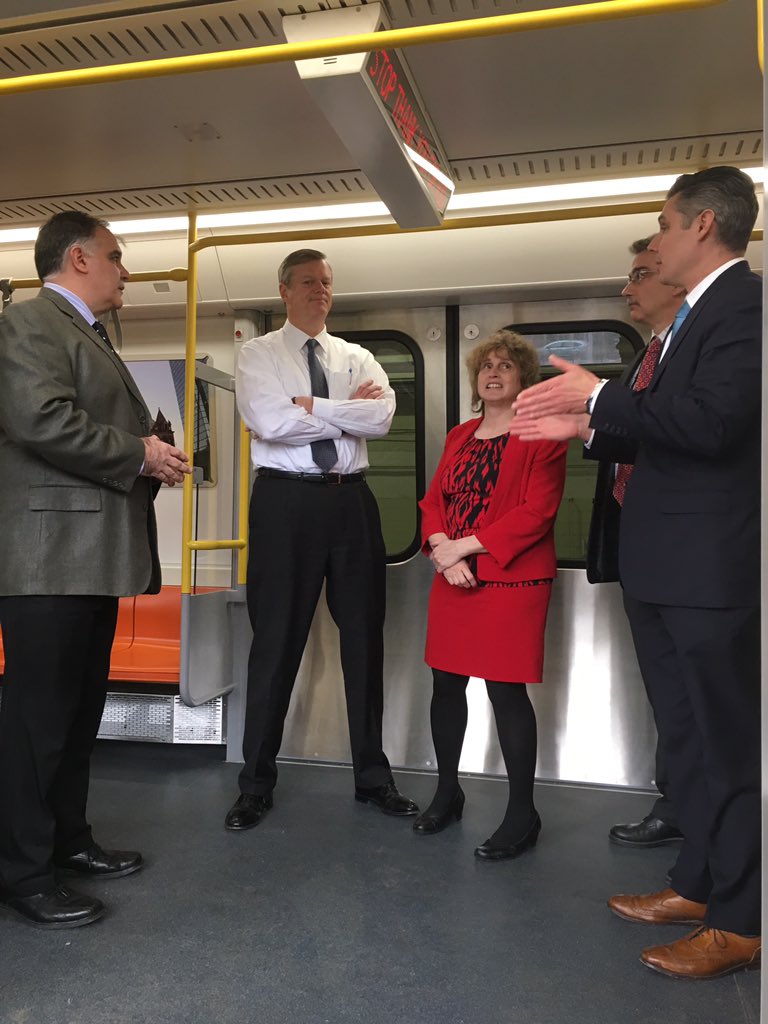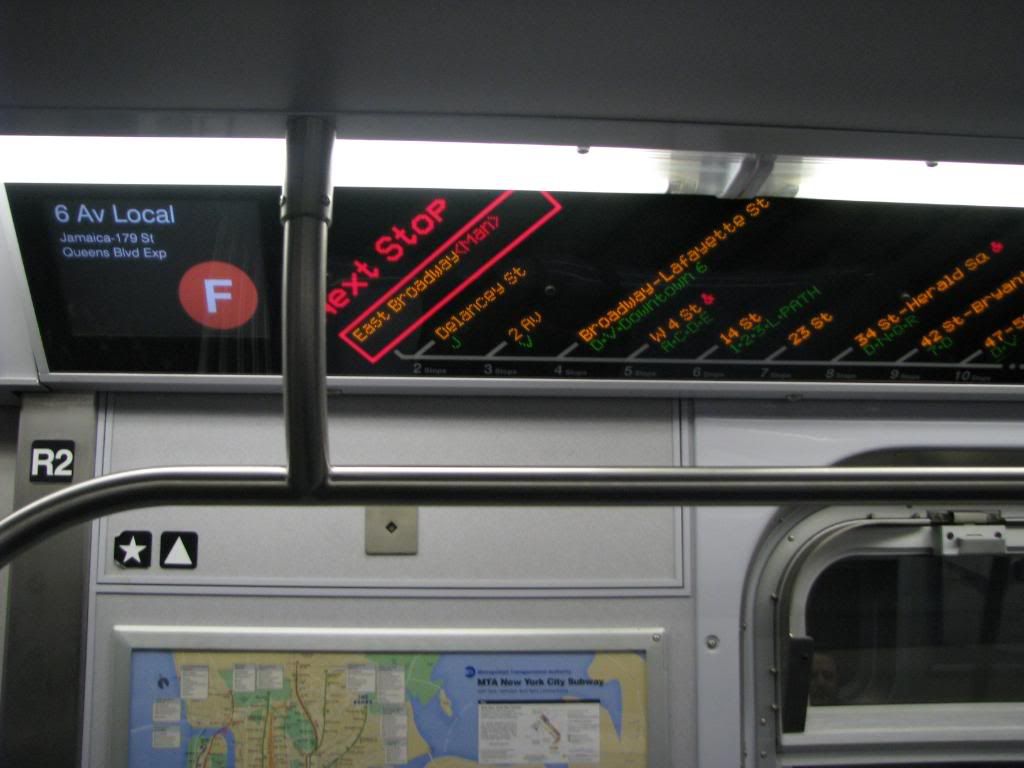Re: Red Line Headways
The increased Red capacity (from 13 tph to 20 tph) was due to a mix of better braking (improved speed between stops) and shorter dwells (better loading/unloading from wider doors)?
I'd been under the impression that the shorter dwells involve magic asterisks.
Has the T published anything clearly indicating whether the 1800 series trains currently have shorter dwells than the older Red Line trains? (I thought I'd seen a rumor that the 1800 series trains do have shorter dwells, but I'm not sure I've ever seen anything authoritatively confirming that.)
Has anyone looked carefully at whether the platforms and staircases at Park and Downtown Crossing and South Station (and platforms and ramps at Harvard) are going to be wide enough to make 20 trains per hour happen?
Should the T look at reconfiguring the underground concourse at Downtown Crossing on the Orange Line level to the east of the Orange Line platforms to have more of that concourse inside fare control, so that more staircases between the northbound Orange platform and the Red Line level will be entirely inside of fare control to provide more stairway capacity to facilitate transfers? (Or could we just decide to fund the T entirely with an increase in progressive income taxes, instead of the current regressive fare collection system which has all sorts of awkwardness and inefficiency?)
I think the FMCB report on dwell times had a general number on acceptable dwell times that was assumed to apply to all stations, but does the Harvard curve create any constraints that mean that the doors open time needs to be shorter at Harvard than elsewhere in order to prevent Harvard from defining the overall Red Line headways?
I also expect that from the perspective of ridership growth, incremental headway improvements from 4.5 minutes to 4 minutes to 3.5 minutes to 3 minutes will likely make sense, and presumably that means first phasing in bigger doors through the retirement of the 1500-1700 series trains, then phasing in bigger doors by retiring most of the 1800 series trains, then removing all of the 1800 series trains from the yards entirely, then adjusting the block spacing to fully take advantage of the better braking, and then improving station circulation. On the other hand, Downtown Crossing concourse reconfiguration might be something that could be done sooner than the first of the new trains will be delivered.


